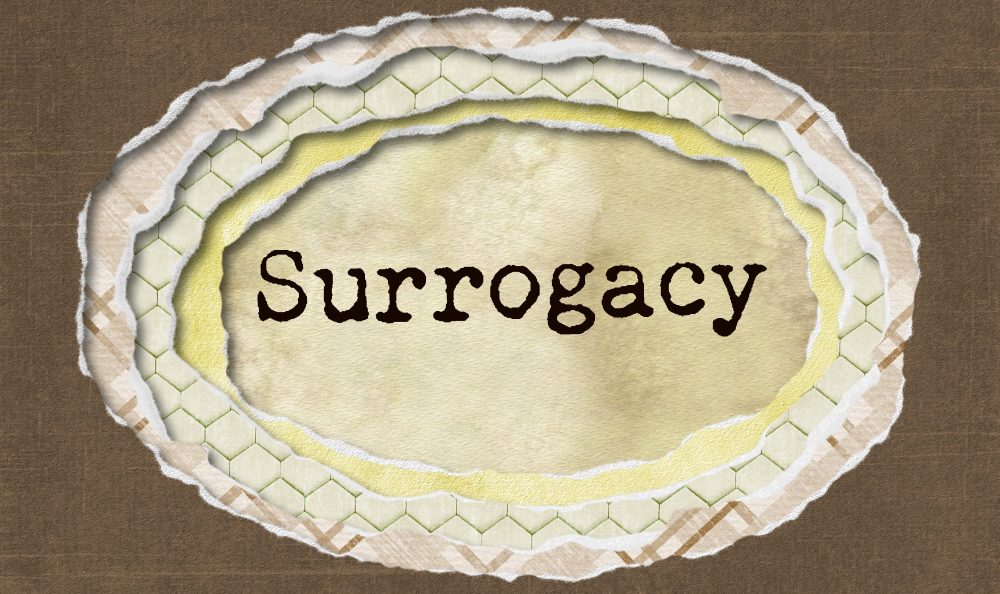
Interesting Facts About IVF
Reproductive function in men conceived with in vitro fertilization and intracytoplasmic sperm injection

Objective
To determine the semen quality and reproductive hormones of men conceived by in vitro fertilization (IVF) and intracytoplasmic sperm injection (ICSI) compared with men conceived without assisted reproductive technology (ART).
Design
Cohort study.
Setting
IVF centers in Victoria and the Western Australian Raine Study.
Patient(s)
Men conceived with IVF/ICSI and men conceived without ART aged 18–25 years.
Intervention(s)
Clinical review.
Main Outcome Measure(s)
The primary outcome was the prevalence of severe oligozoospermia (sperm concentration, <5 million/mL). The secondary outcomes were total sperm count, total and progressive motility, total motile count, normal morphology, and serum testosterone, luteinizing hormone (LH) and follicle-stimulating hormone (FSH).
Results
There was no difference in the prevalence of severe oligozoospermia between 120 men conceived with IVF/ICSI and 356 men conceived without ART (9% vs. 5.3%). Men conceived with IVF/ICSI had similar sperm concentration, total sperm count, and total motile count but lower mean total (55.3% vs. 60.6%) and progressive (44.7% vs. 53.9%) sperm motility with higher mean normal morphology (8.5% vs. 5.4%). Differences in progressive motility (ß, -9.9; 95% confidence interval [CI], -16.7 − -3.0), normal morphology (ß, 4.3; 95% CI, 3.0–5.7), and proportion with abnormal morphology (adjusted odds ratios, 0.1; 95% CI, 0.04–0.5) remained significant after adjusting for confounders. Men conceived with IVF/ICSI had lower mean FSH (3.3 IU/L) and LH (3.9 IU/L) levels and higher mean testosterone levels (19.1 nmol/L) than controls (4.2 IU/L, 11.0 IU/L, and 16.8 nmol/L).
Conclusion
This study of men conceived with IVF/ICSI found similar sperm output to men conceived without ART. Overall, the results are reassuring.







